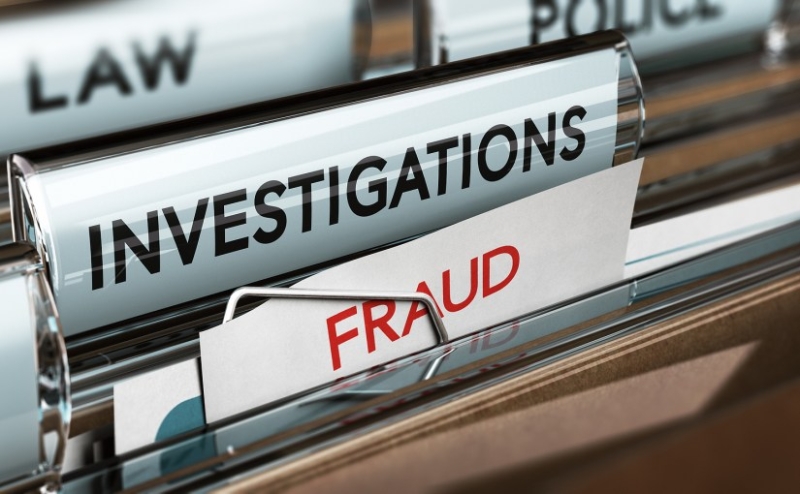
The United States Trade Representative (USTR) published a Federal Register notice detailing its final modifications to the Section 301 tariffs on China-origin products. USTR has largely retained the proposed list of products subject to Section 301 tariffs announced in the May 2024 Federal Register notice (see our previous alert here) with a few modifications, including adjusting the rates and implementation dates for a number of tariff categories and expanding or limiting certain machinery and solar manufacturing equipment exclusions. USTR also proposes to impose new Section 301 tariff increases on certain tungsten products, polysilicon, and doped wafers.
The notice, published on September 18, 2024, clarifies that tariff increases will take effect on September 27, 2024, and subsequently on January 1, 2025 and January 1, 2026 (Annex A). The final modifications to Section 301 tariffs will apply across the following strategic sectors:
- Steel and aluminum products – increase from 0-7.5% to 25%
- Electric vehicles (EVs) – increase from 25% to 100%
- Batteries
- Lithium-ion EV batteries – increase from 7.5% to 25%
- Battery parts (non-lithium-ion batteries) – increase from 7.5% to 25%
- Certain critical minerals – increase from 0% to 25%
- Lithium-ion non-EV batteries – increase from 7.5% to 25% on January 1, 2026
- Natural graphite – increase from 0% to 25% on January 1, 2026
- Permanent magnets – increase from 0% to 25% on January 1, 2026,
- Solar cells (whether or not assembled into modules) – increase from 25% to 50%
- Ship-to-shore cranes – increase from 0% to 25% (with certain exclusions)
- Medical products
- Syringes and needles (excluding enteral syringes) – increase from 0% to 100%
- Enteral syringes – increase from 0% to 100% on January 1, 2026
- Surgical and non-surgical respirators and facemasks (other than disposable):
- increase from 0-7.5% to 25%; increase from 25% to 50% on January 1, 2026
- Disposable textile facemasks
- January 1, 2025, increase from 5% to 25%; increase from 25% to 50% on January 1, 2026
- Rubber medical or surgical gloves:
- increase from 7.5% to 50% on January 1, 2025; increase from 50% to 100% on January 1, 2026
- Semiconductors – increase from 25% to 50% on January 1, 2025
USTR adopted 14 exclusions to temporarily exclude solar wafer and cell manufacturing equipment from Section 301 tariffs (Annex B), while rejecting five exclusions for solar module manufacturing equipment proposed in the May 2024 notice. The exclusions are retroactive and applicable to products entered for consumption or withdrawn from warehouse for consumption on or after January 1, 2024, and through May 31, 2025. USTR also granted a temporary exclusion for ship-to-shore gantry cranes imported under contracts executed before May 14, 2024, and delivered prior to May 14, 2026. To use this exclusion, the applicable importers must complete and file the certification (Annex D).
With respect to machinery exclusion, USTR added five additional subheadings to the proposed 312 subheadings to be eligible for consideration of temporary exclusions. USTR did not add subheadings outside of Chapters 84 and 85 or subheadings that include only parts, accessories, consumables, or general equipment that cannot physically change a good. USTR will likely issue additional guidance to seek exclusions of products under these eligible subheadings.
Importers should assess the (i) table of the tariff increases for the specified product groups (Annex A), (ii) temporary exclusions for solar manufacturing equipment (Annex B), (iii) the Harmonized Tariff Schedule of the United States (HTSUS) modifications to impose additional duties, to increase rates of additional duties, and to exclude certain solar manufacturing equipment from additional duties (Annex C), (iv) Importer Certification for ship-to-shore cranes entering under the exclusion (Annex D), and (v) HTSUS subheadings eligible for consideration of temporary exclusion under the machinery exclusion process (Annex E). The descriptions set forth in Annex A are informal summary descriptions, and importers should refer to the HTSUS modifications contained in Annex C for the purposes of assessing Section 301 duties and exclusions.
Importers should also carefully review the final list of products subject to the increased Section 301 tariff, with their supply chains, to identify products subject to increases in tariff rates as a result of the recent of USTR and consider appropriate mitigation strategies.
© 2024 Miller, Canfield, Paddock and Stone PLC by: Zhiguo Du, Jeffrey G. Richardson of Miller Canfield For more news on Section 301 Tariffs, visit the NLR Antitrust Trade Regulation section.






